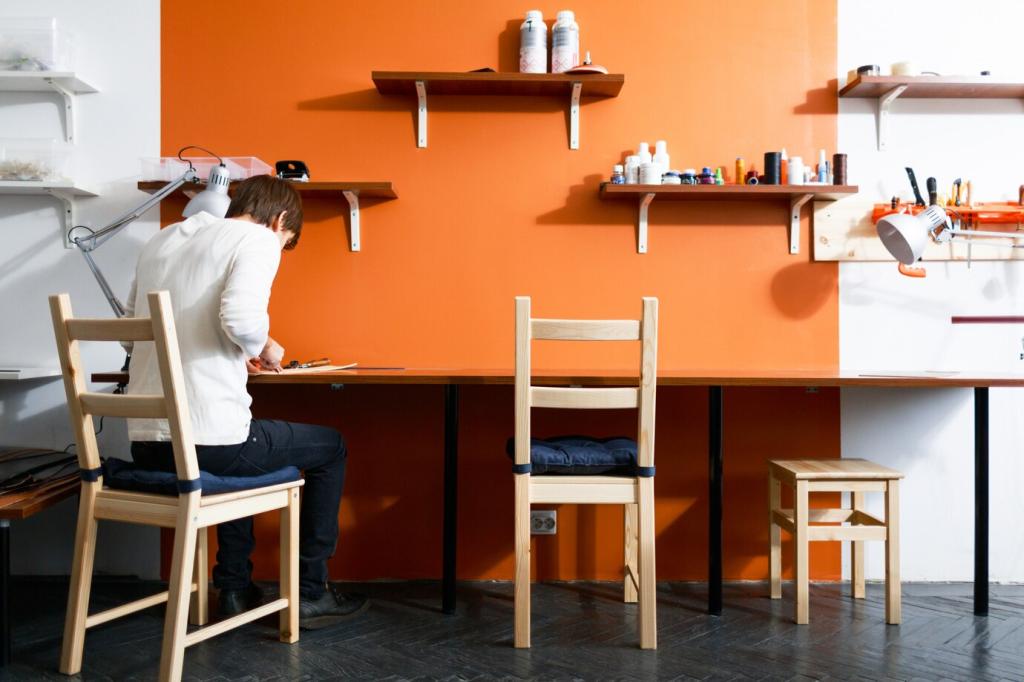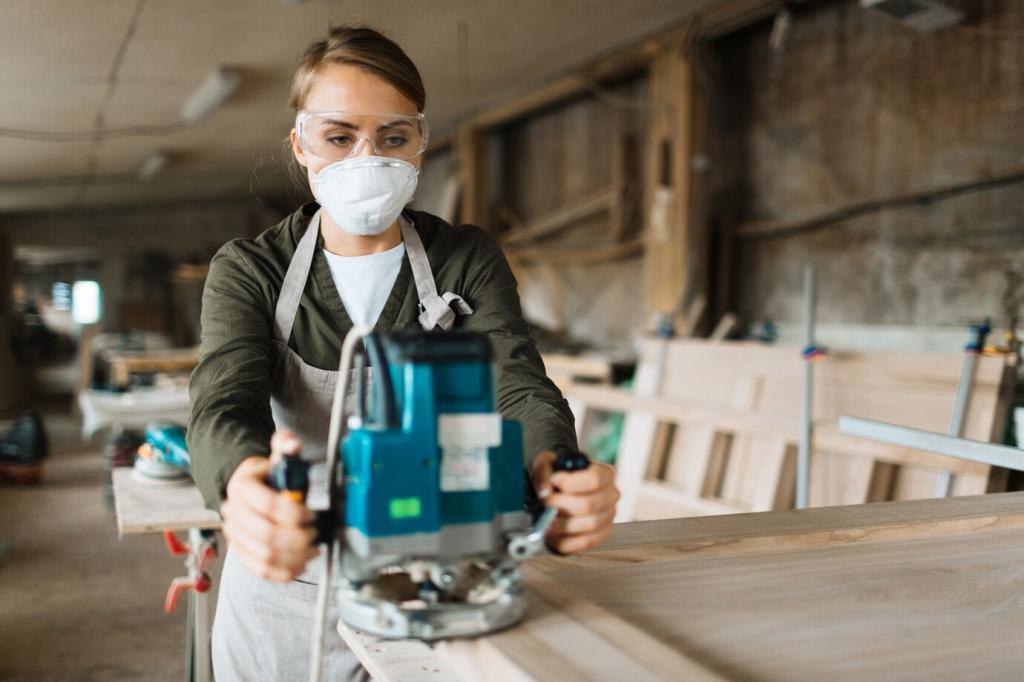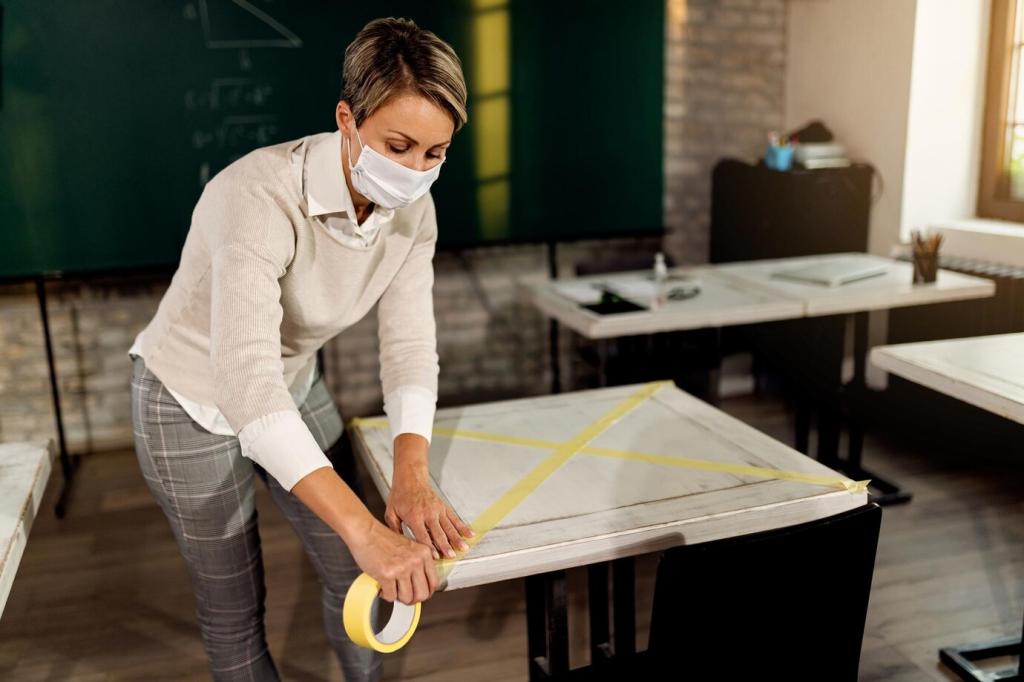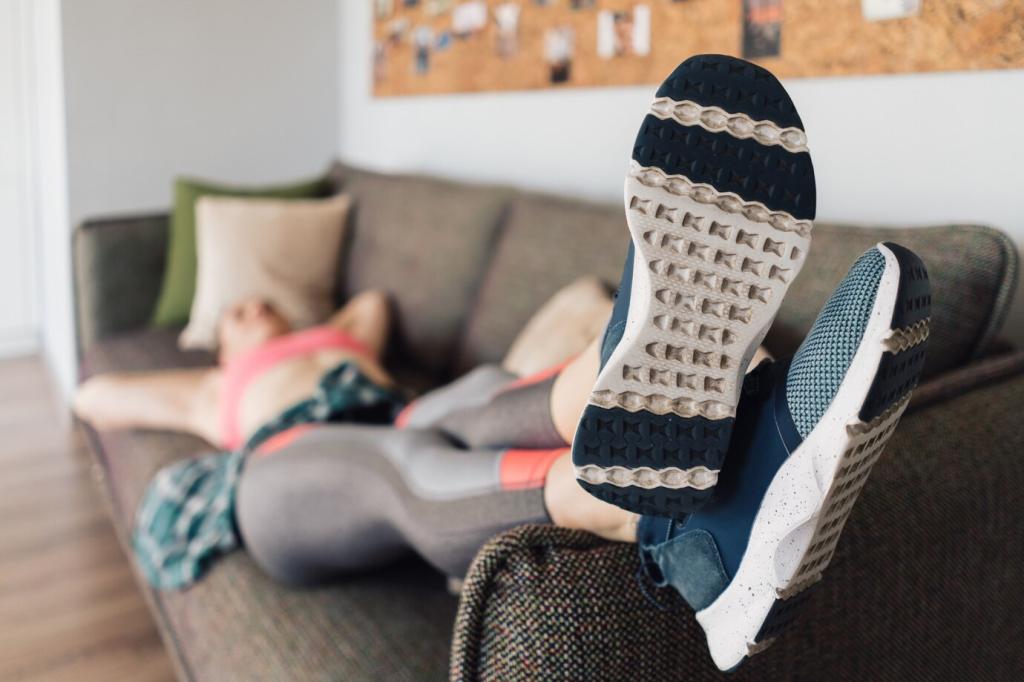Master Safe Lifting and Body Mechanics
Keep your spine neutral, brace your core, and hinge at the hips. Drive through your heels and use your legs, not your back. Avoid twisting while loaded; pivot your feet. Practice with a laundry basket first, then graduate to real furniture.
Master Safe Lifting and Body Mechanics
Agree on simple commands: “Lift,” “Pause,” “Lower,” “Rotate.” Nominate a lead who calls timing at every doorway and stair. Count down together to eliminate surprises. After each transfer, check hands and grip placement before the next move, then proceed deliberately.






